This is not only an international cultural and tourism event, but also a respectful greeting from Vietnam to friends around the world in the spirit of peace , openness and honoring human cultural values.
A colorful cultural picture in the heart of heritage
With the theme “Culture is the foundation, art is the means”, the festival brings together 48 countries, 45 cultural spaces, 34 international food stalls and 23 art troupes – a number enough to show the stature and influence of a world-class festival. During the two weekends of free opening, the flow of people flocking to Thang Long Imperial Citadel creates a colorful picture of cultural exchange.
Artists perform calligraphy, conveying the essence of writing in the space of Thang Long Imperial Citadel. (Photo: Thanh Nguyen)
The focal point of the festival space is the “Cultural Road”, where each exhibition booth is likened to a “window to the world”, opening up for visitors the opportunity to explore different civilizations. From the colorful costumes of South America, the soft dances of Thailand, to the sophistication of Bat Trang ceramic art, all blend together to create a borderless emotional journey.
Tò he - a folk toy recreated in the festival, attracts many tourists and children. (Photo: Thanh Nguyen)
Hoang Thuy Mai (Hanoi) shared: “We were exposed to many different cultures. Besides the familiar features of Asia, I also got to explore European and Middle Eastern culture, which was very interesting. I felt like I was traveling around the world without leaving Hanoi.”
The tea-drinking area recreates traditional Vietnamese culture, attracting many visitors to experience it. (Photo: Thanh Nguyen)
In addition to the exhibition booths, traditional and contemporary art performances continuously took place on the central round stage, making the festival atmosphere lively and attractive. Representing Vietnam, the Hanoi Cheo Theatre brought rustic and graceful folk melodies. Artist Nguyen Thu Huyen shared: "We want to convey to international friends the charming culture of the Vietnamese people through the four-panel dress and rustic Cheo melodies, showing the image of a peaceful and developing country."
The area introducing the art of papaya carving recreates the sophistication of Vietnamese cuisine and culture. (Photo: Thanh Nguyen)
From the international friends, Ms. Olga Golubeva (member of the Russian Art Troupe) said: “We performed traditional dances and songs, telling stories about the Volga River, the lands and lakes, symbols of Russia. It was a joy to see the Vietnamese audience warmly welcome and join in the melodies of our homeland.”
Those moments, though coming from different continents, all have something in common: the language of art is the language of the heart.
More than just sight and sound, over 100 delicacies from around the world took visitors on a journey of taste and memory. From spicy Indian curries, delicate Japanese sushi, to traditional Cambodian fish Amok, each taste was a cultural story.
Visitors can choose and enjoy many traditional dishes in Hanoi's culinary space. (Photo: Thanh Nguyen)
Visitors can choose and enjoy many traditional dishes in Hanoi's culinary space. (Photo: Thanh Nguyen)
Ms. Chav Channy (representative of the Cambodian booth) expressed: “We bring traditional dishes with two flavors of fish and chicken, expressing the harmony between land and water, the spirit of the Khmer people. I am very happy to share my homeland's culinary culture with international friends in Hanoi.”
At the booths of Thailand, Peru, Cuba, Malaysia or Sri Lanka, visitors can not only taste the food but also wear traditional costumes, take souvenir photos, or listen to interesting stories about the customs, life and art of each nation.
Cultural bridge in the integration flow
The World Cultural Festival in Hanoi is not only a place to promote the cultures of countries, but also contributes to introducing the image of Vietnam, a peace-loving, open and hospitable country. In the context of globalization, organizing an international festival like this has a special meaning: it is both a key foreign cultural activity in 2025 and a testament to the increasingly high position of Hanoi - City for Peace.
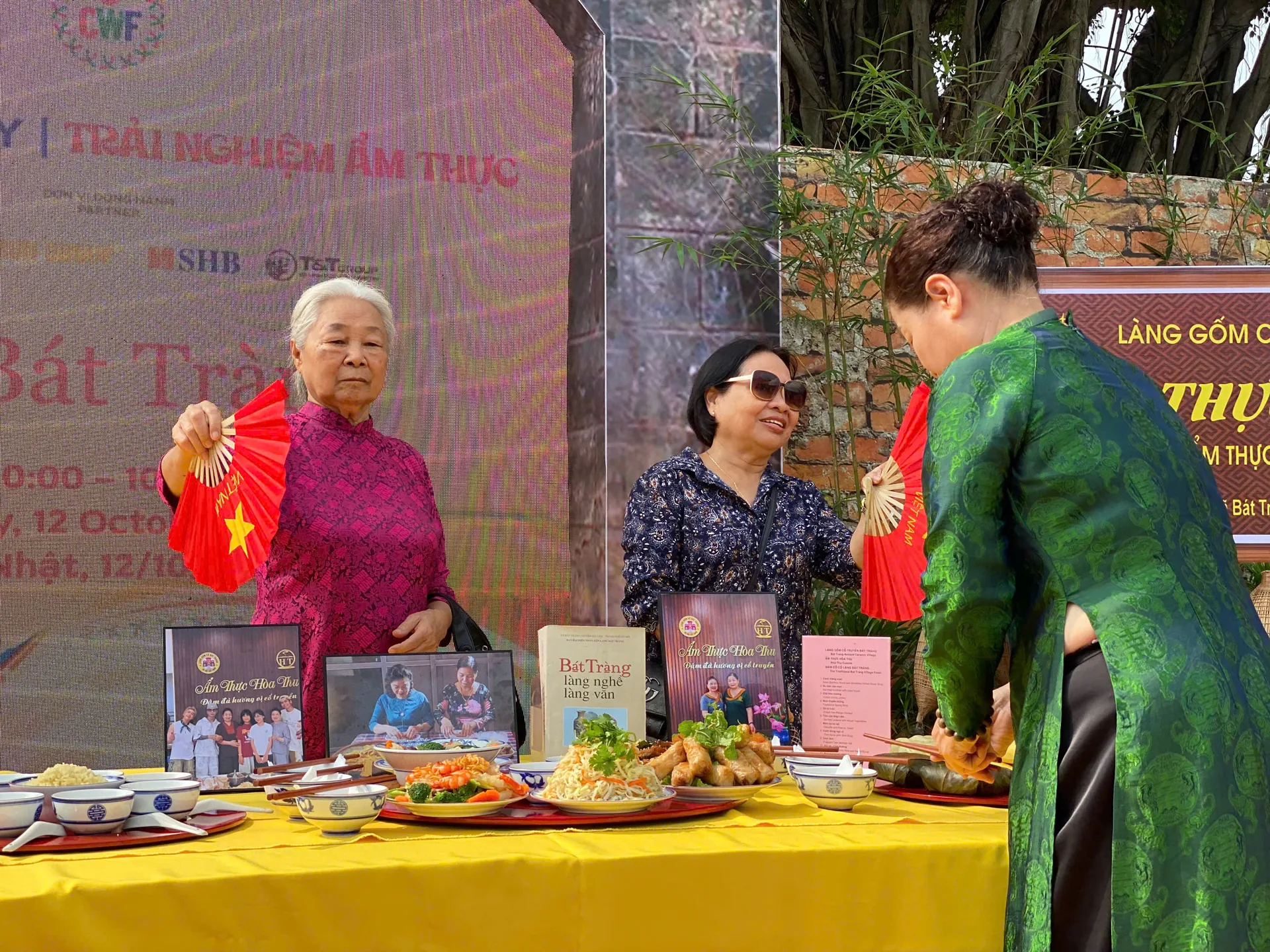
Exhibition area of Bat Trang pottery village, Hanoi. Photo: Contributor
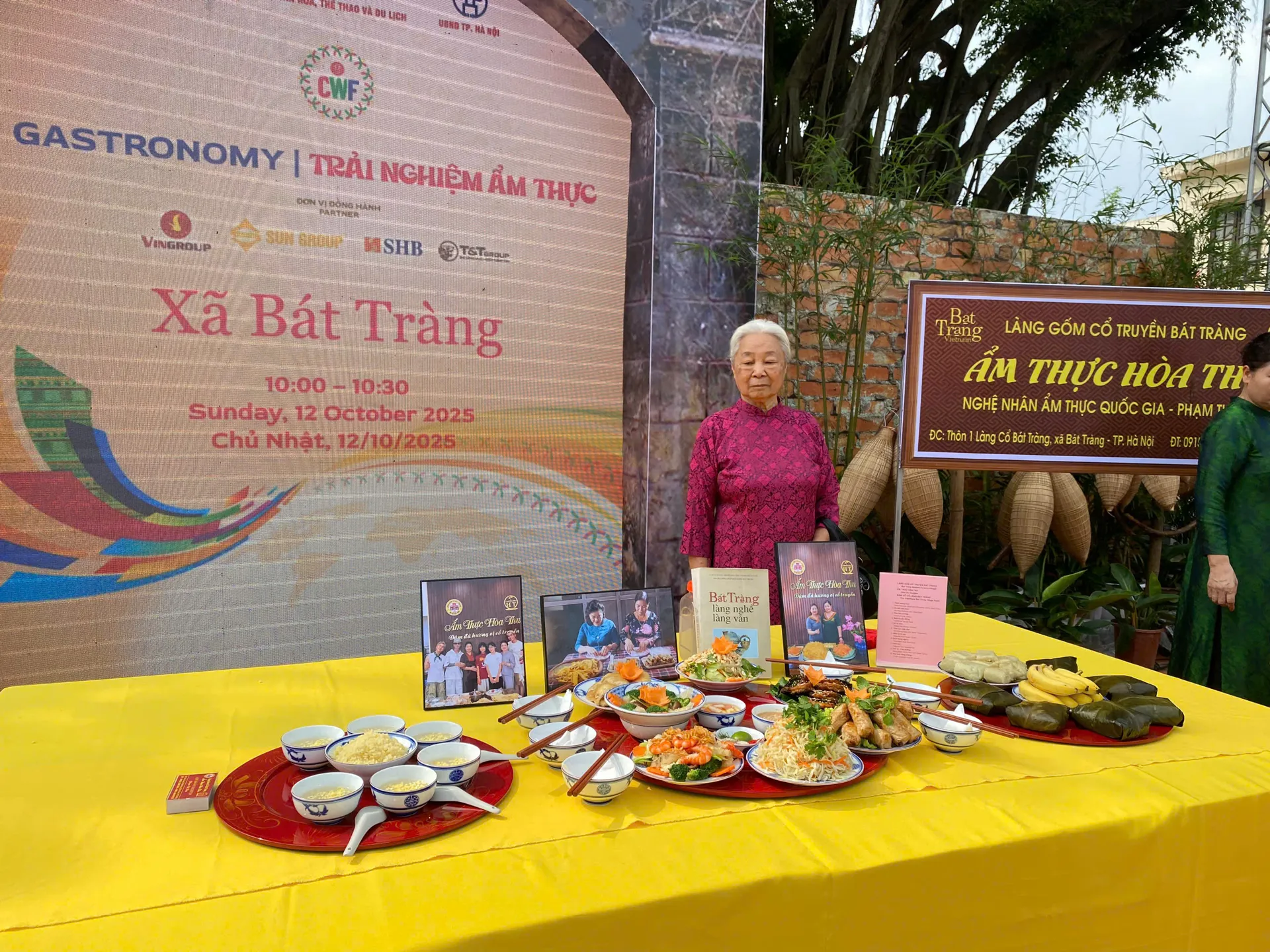
Culinary exhibition area of Bat Trang traditional village, Hanoi. Photo: Contributor
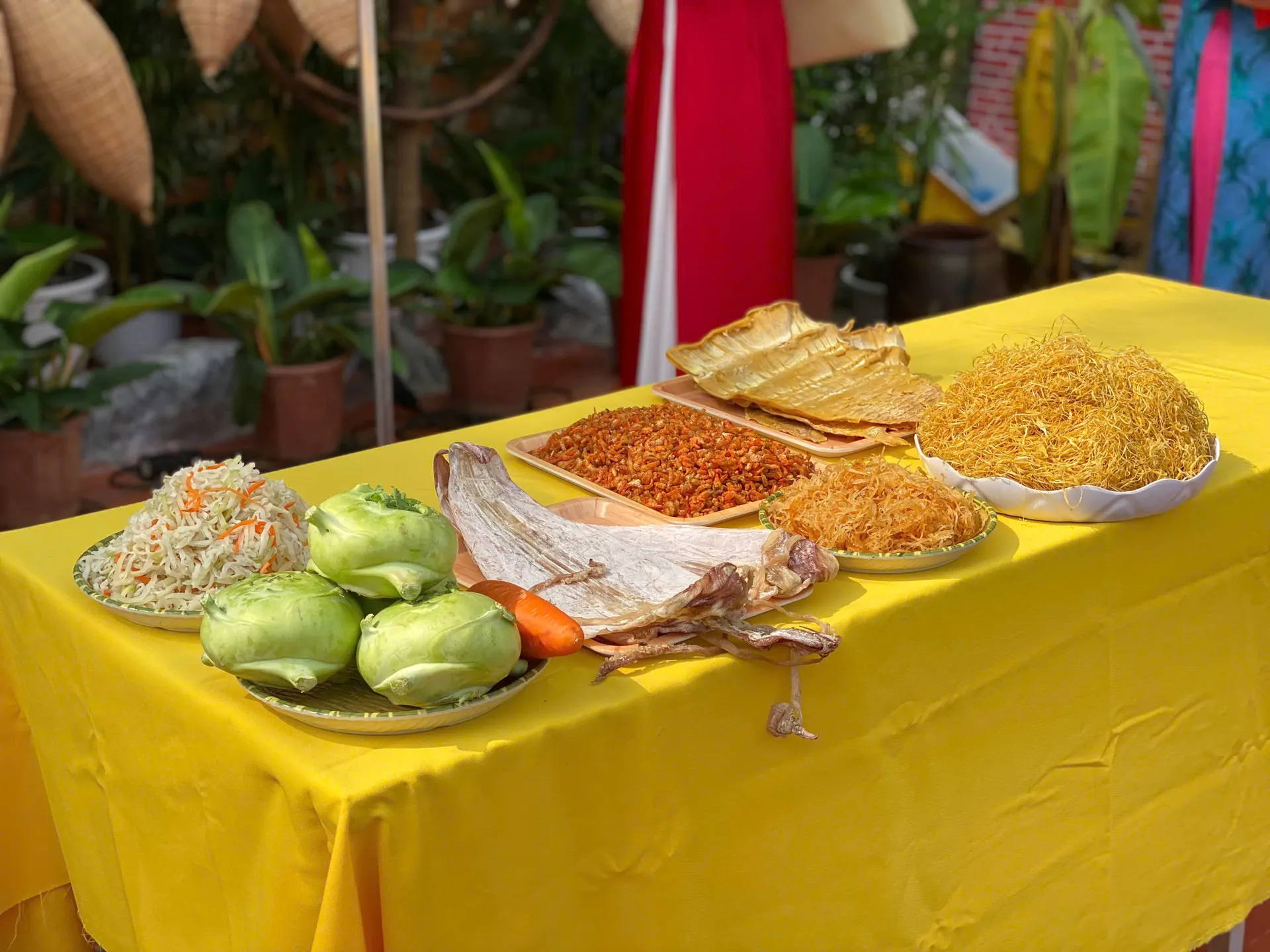
Ingredients to make the famous squid bamboo shoot soup of the traditional pottery village of Bat Trang. Photo: Contributor

The traditional feast of Bat Trang pottery village is vividly recreated. Photo: Contributor
In the brilliant space of Thang Long Imperial Citadel, each smile, each dress, each song resonated into a symphony of friendship. The festival not only brought joy, but also awakened deep pride in every Vietnamese person about the national cultural identity, enduring, gentle but proud in the flow of integration.
When Hanoi lights up at night, the melodies of Cheo, the rhythm of Russian drums, the flavors of Indian curry and the friendly smiles of Vietnamese people blend together in the heritage space, which is a vivid proof of the vitality of culture, the soft power that helps people get closer together.
The World Cultural Festival in Hanoi is not only a meeting of cultures, but also a place for humanity to realize that we are different, but can still shine together on the basis of understanding and respect.
Source: https://kinhtedothi.vn/le-hoi-van-hoa-the-gioi-mot-ha-noi-ruc-ro-trong-sac-mau-the-gioi.873542.html





![[Photo] Parade to celebrate the 50th anniversary of Laos' National Day](/_next/image?url=https%3A%2F%2Fvphoto.vietnam.vn%2Fthumb%2F1200x675%2Fvietnam%2Fresource%2FIMAGE%2F2025%2F12%2F02%2F1764691918289_ndo_br_0-jpg.webp&w=3840&q=75)

![[Photo] Worshiping the Tuyet Son statue - a nearly 400-year-old treasure at Keo Pagoda](/_next/image?url=https%3A%2F%2Fvphoto.vietnam.vn%2Fthumb%2F1200x675%2Fvietnam%2Fresource%2FIMAGE%2F2025%2F12%2F02%2F1764679323086_ndo_br_tempimageomw0hi-4884-jpg.webp&w=3840&q=75)
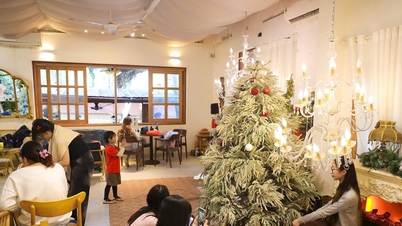

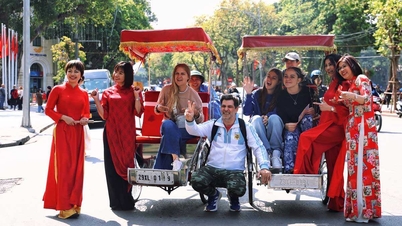

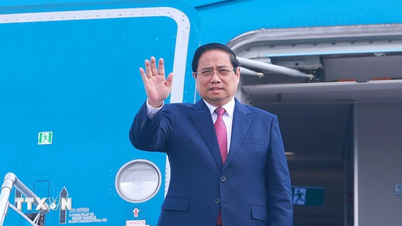

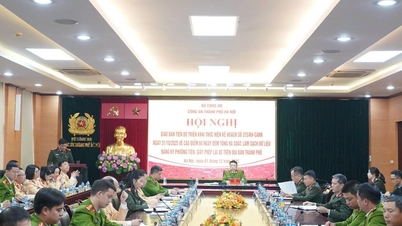

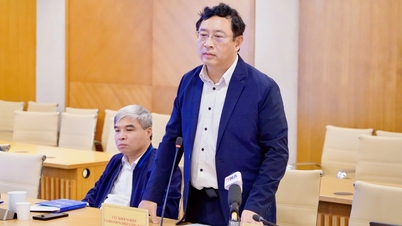






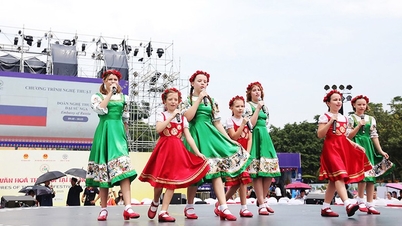

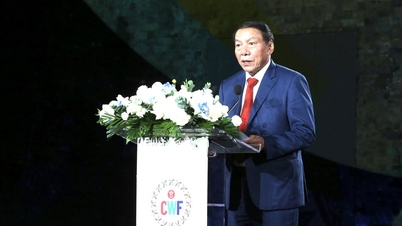

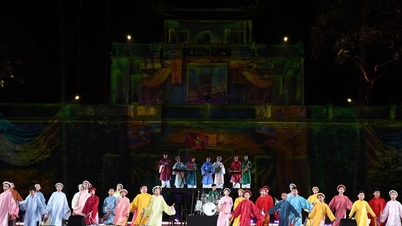

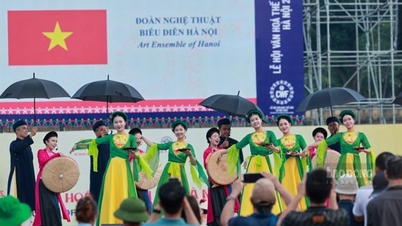




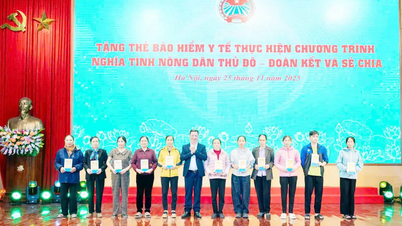

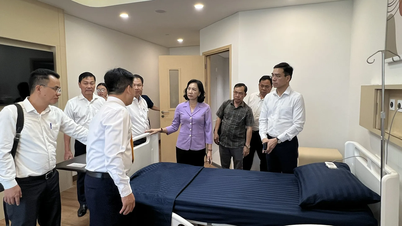
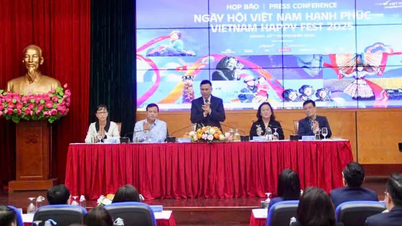
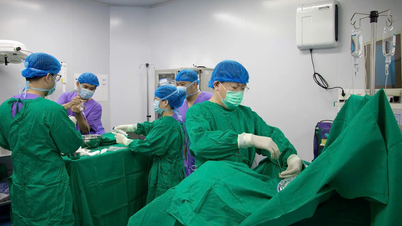
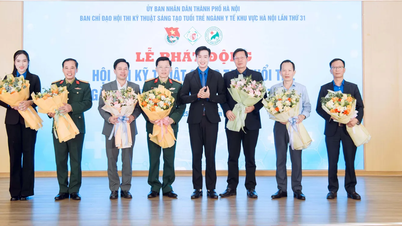
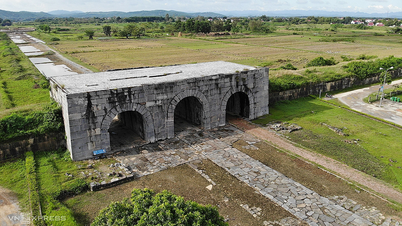




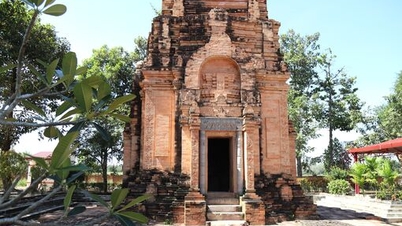

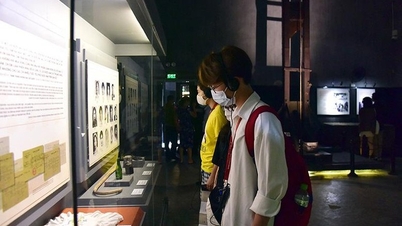
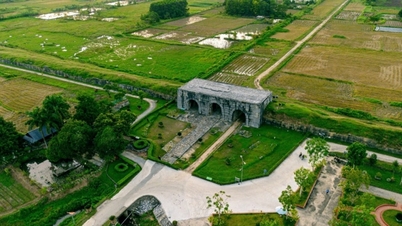

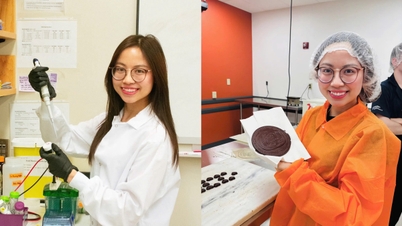

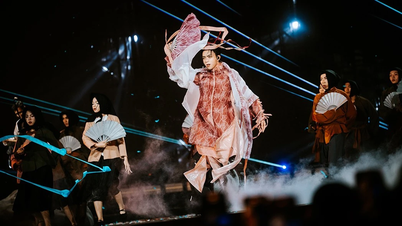
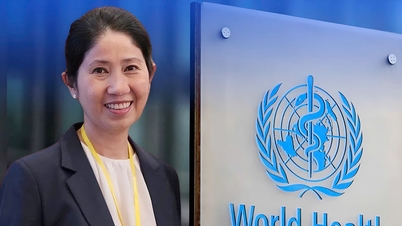


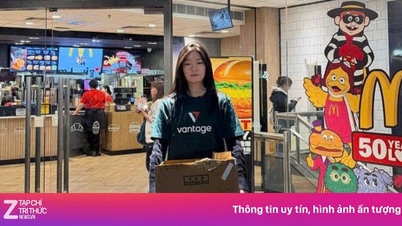

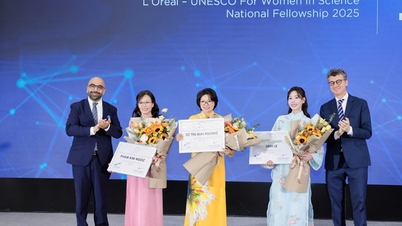


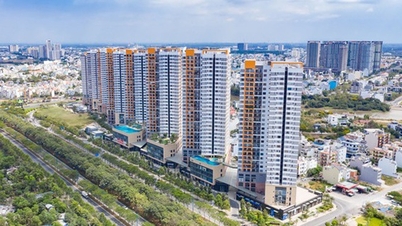

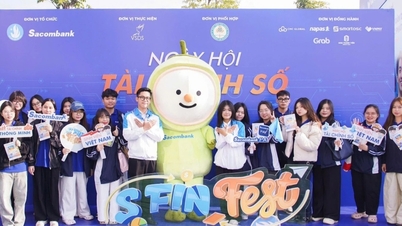

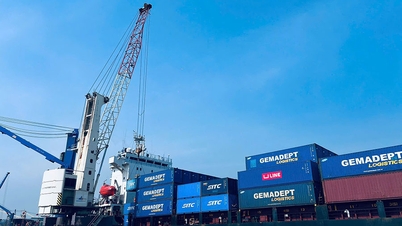







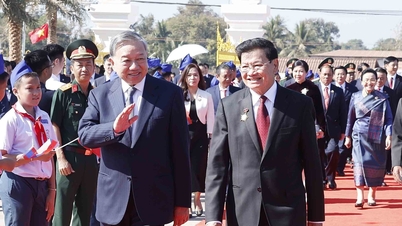
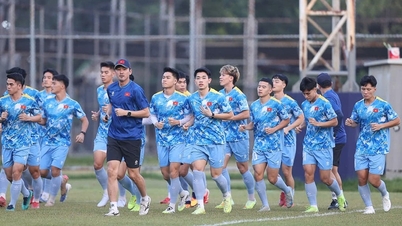



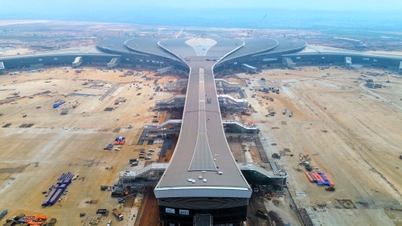
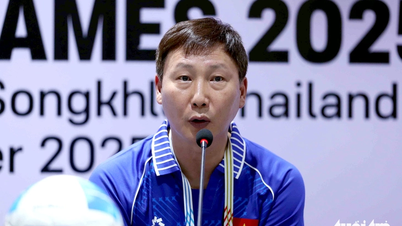

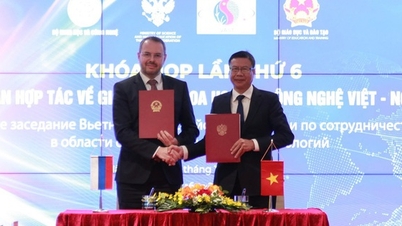
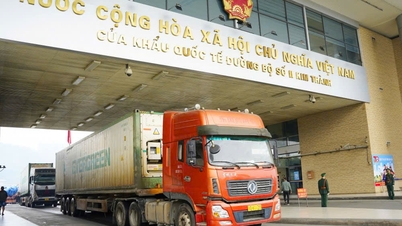

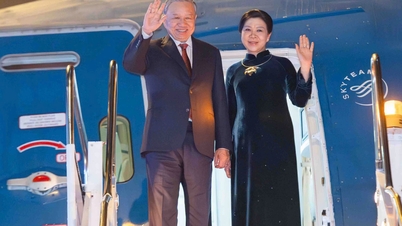

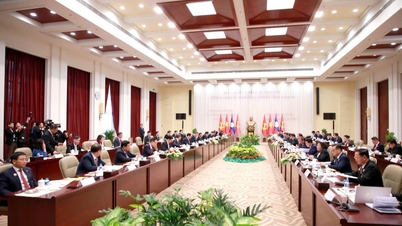

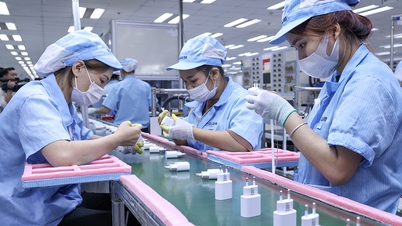
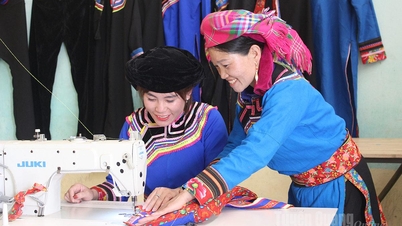


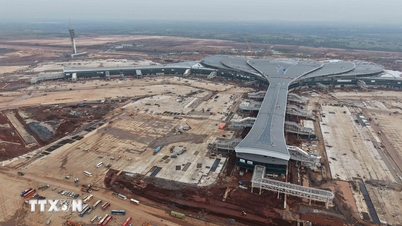

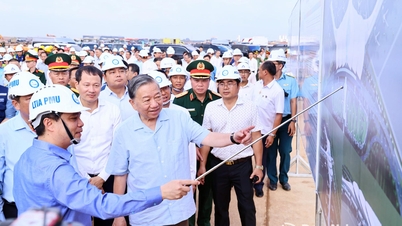
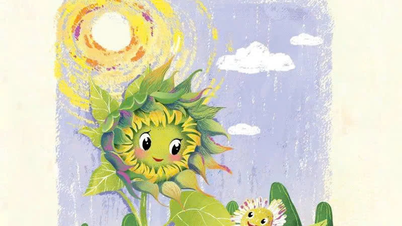

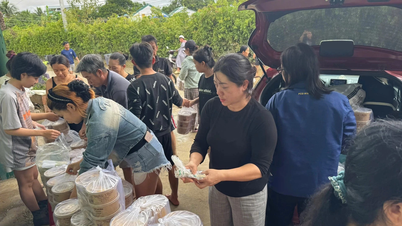










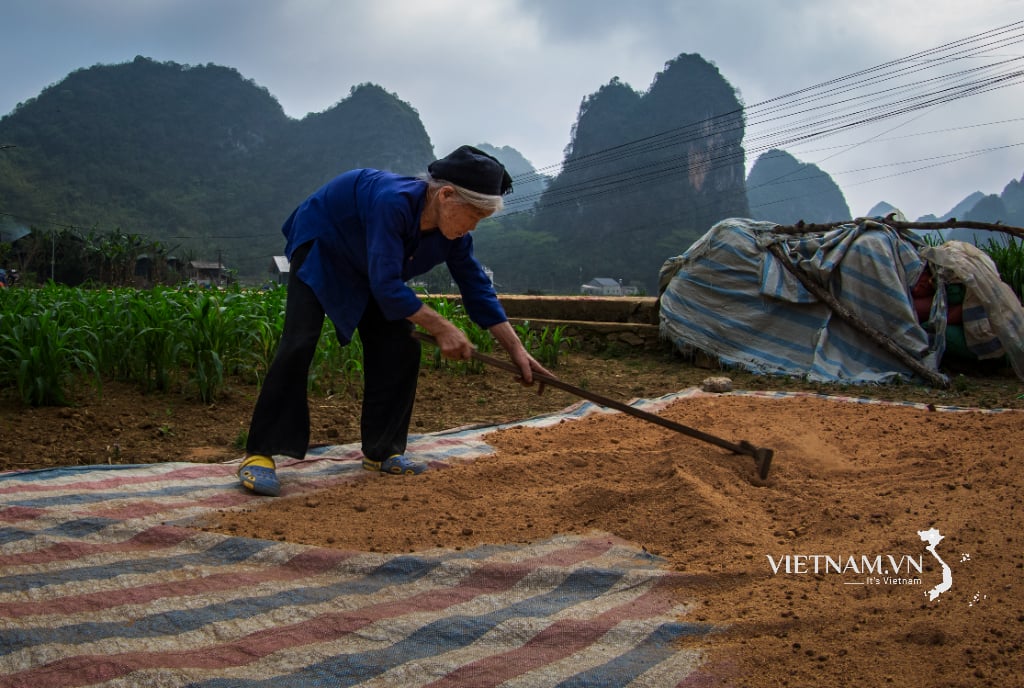
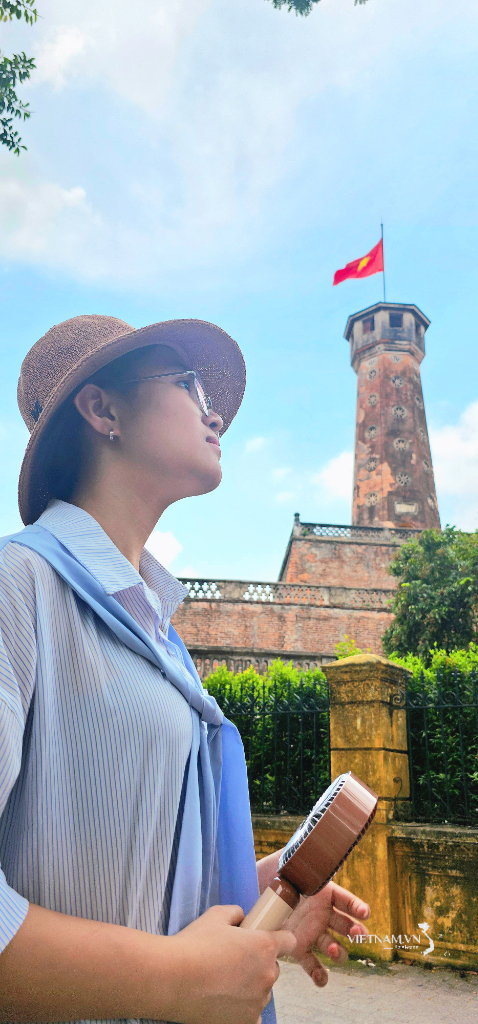

Comment (0)